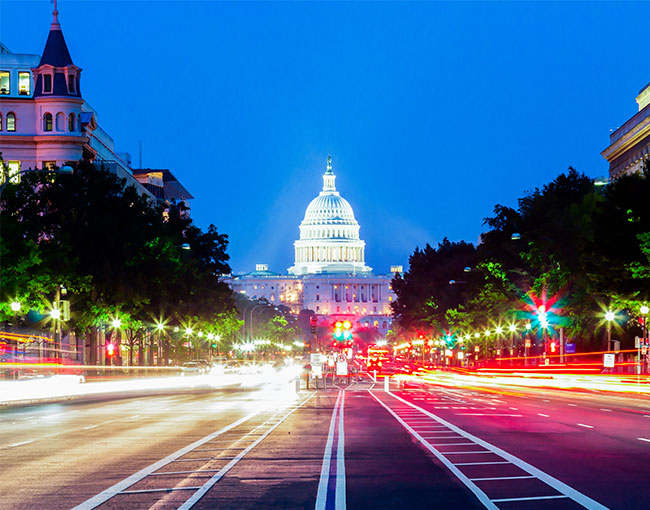Pro Forma Session: A brief congressional session that extends a current session to avoid a formal recess.
Formation
Congress loves setting rules for itself, and that love of rules extends to the House and Senate calendars. Though the phrase "Congress is in session" sounds straightforward enough, there are many different types of sessions: joint, closed, and extraordinary, to name a few.
A session begins when the House or Senate convenes, and the session ends when the chamber formally adjourns. A recess is when a chamber suspends, but does not terminate, a session. The start of a session marks the start of one legislative day. If a session continues into a second calendar day without adjourning, that still counts as one legislative day. Conversely, if a chamber adjourns and then reconvenes on the same calendar day, that counts as two legislative days. A recess, even one that is overnight, does not technically terminate a legislative day, and business resumes where it left off.
Take A Break
The Constitution prohibits either chamber from adjourning for three or more days without the consent of the other chamber. The chambers must therefore adopt concurrent resolutions to permit each other's adjournment or recess. But they can bypass this process by holding pro forma sessions, which extend the session and prevent a recess, thereby avoiding the need for a concurrent resolution.
Pro forma sessions are typically short sessions where little, if any, legislative business is conducted because their main purpose is procedural. Pro forma sessions can be used to extend a break without needing to declare a recess, thus allowing members of Congress to remain in their district for longer periods of time. Using pro forma sessions to extend a session also prevents a bill from being pocket vetoed, which is when a bill is left unsigned by the president after Congress adjourns.
Don't Stop Me Now
In election years, the chambers typically go on election breaks about 40 days prior to the general election to wage the last days of their campaigns. The House has increasingly opted to go into formal recess for these breaks, while the Senate has continued to hold pro forma sessions. After the election, Congress often convenes a lame duck session using various procedural tools, one of which is by holding pro forma sessions.
The Senate has used pro forma sessions to prevent presidents from making recess appointments. Senate Republicans did this in 2010 under President Obama, as did Senate Democrats under President Trump this spring. In response, President Trump threatened to adjourn Congress in order to push his nominations through. Though the president technically has the power under the Constitution to convene and adjourn Congress, this would have been a novel action that would have likely faced legal challenges. President Trump backed down after pushback from both parties, but these types of skirmishes may escalate through the remainder of the year as the general election gets into full swing.





